Don’t get confused by the exotic name of the Japanese maple tree (Acer palmatum, for the scientist in you). A native to East Asia (Japan included), today, the tree seems to grow on all continents and in many different climates. Its beautiful foliage varies in colors. With the Japanese maple leaf changing color every season — from bright red to vibrant green tones — even songbirds can’t resist the beauty.
So, instead of looking for its pictures online, plant your own Japanese maple tree and see the beauty firsthand. We are here to help you with this simple goal. We have compiled the most common varieties in the market, how to plant most of them, and how to care for them.
Pick the Right Variety
However, don’t stick to the beauty factor alone. Understand that it’s not your ordinary tree. It’s not an oak. Instead, it seems to have similar characteristics to a shrub. It averages around 20 to 33 ft (6 to 10 m) and is as wide as around 15 to 33 ft (4.5 to 10 m). Its leaves, around 1 to 4 in (4 to 12 cm) long and wide, tend to fall off in fall.
Each Japanese maple tree will be unique if grown from a seed. Despite being taken from the same tree, each seed will develop differently. However, three groups are universally recognized. The majority of differences come down to the leaves.
The Palmatum Group has small leaves, around 1 to 2 in (4 to 7 cm), with up to seven lobes. The wings of seeds can reach a maximum length of ⅝ in (15 mm). It’s most common in lower altitude areas of Japan.
The Amoenum Group has larger leaves and seed wings. With around 2 to 4 in (6 to 12 cm) leaves and up to nine lobes, it hosts seed wings of up to 1 in (25 mm). The largest of the three subcategories, it grows well in high altitudes throughout Japan and South Korea.
The Matsumurae Group is the middle one of the three. With leaves around 2 to 4 in (6 to 12 cm), hosting on average seven lobes (on rare occasions, five or nine). On most, its seed wings reach 1 in (25 mm). It grows in higher altitude areas of Japan.
We can be even more particular if you want to. There are varieties of Japanese Maple trees that are unique in beauty, growing styles, and even special conditions for keeping the tree healthy. So, you might want to pick the tree that fits your habits. Five types seem to stand out the most.
Bloodgood Japanese Maple (Acer palmatum ‘Bloodgood’)
It’s one of the largest of Japanese maple trees. It can reach 25 ft. (7.5 m) and be as wide as 20 ft. (6 m). Its leaves usually have around 5 to 7 lobes. As the name gives away, they turn scarlet in the fall. The tree requires minimal care and will flourish nicely in your garden, even if you forget to maintain it occasionally. It grows best in moist, well-drained soil that leans more on the slight acidity side.
Coral Bark Japanese Maple (Acer palmatum ‘Sango-kaku’)
Spring, summer, fall, and winter — this variety stands against them all with its beauty. It can make an excellent addition to your outdoor area. From spring to summer, green foliage will dot your tree. However, once fall sets, the leaves turn yellow to orange. When winter approaches and the leaves drop, the bark turns reddish. To flourish like this yearly, ensure the soil is slightly acidic and well-drained.
Crimson Queen Japanese Maple (Acer palmatum ‘Crimson Queen’)
No wonder it’s named Crimson Queen. Its leaves are some of the most beautiful in the world of trees. While they might start out green, the color shifts to a sharp crimson and burgundy once they mature. As summer approaches, they turn to bronze, purple, and everything in between. It’s a good tree to grow in an interior. It’s not too big, but also — not too small. Pair it with your dogwood tree for Asian and American/European vibes.
Red Dragon Japanese Maple (Acer palmatum ‘Red Dragon’)
Luckily, this variety doesn’t breathe red hot fire like the name would say. Instead, it has cherry, fire-colored leaves that intensify when summer comes. Around summer and fall, the leaves become darker and scarlet-like. So, if you want to add reddish color to your garden — the red dragon is the perfect choice. It grows well in a variety of soils, and it just needs some extra light.
Tamukeyama Japanese Maple (Acer palmatum ‘Tamukeyama’)
One of the more famous dwarf Japanese maple varieties, Tamukayama is small but packs enough beauty to rival all the other types above. The cascading branches from the red bark host unique, sharp, like purple to red leaves. Its foliage alone increases the value of the tree. It is an excellent addition to your garden, especially if you want those Asian vibes.
Planting Your Japanese Maple Tree
Now comes the dirty part. Want to or not, when you plant a tree like this, you better wear gloves or prepare to get your hands dirty. Luckily, you won’t need to take those extra steps as you did with your bamboo plant. Below, we have compiled the main factors determining when you should plant it, where, and the best way to do it.
However, if you still have doubts, ask the professionals where you buy your saplings. After all, they can tell you much more about the exact sampling you’re buying.
When to Plant?
When you plant, it depends on where you grow your Japanese maple tree — indoors or outdoors. Time-wise, the differences are clear-cut.
If you decide to grow your tree indoors, it’s best to grow it in fall and winter. By doing this, you protect the tree from the frosts and harsh winds that set in during the colder seasons of the year.
However, if your beautiful tree grows in an outdoor area, plant your sapling in the spring and summer seasons. It’s important for a tree to grow some foliage in order to survive the harsh and changing weather of fall and winter.
Where to Plant?
Location dictates how powerful the color of the bark and leaves will be. While the tree might withstand strong winds, it’s still best to shelter it from them. So, make sure your garden is behind some form of shelter.
Also, ensure that your Japanese maple tree gets enough light, but not too much. Too much sun might burn your Japanese maple leaf and thus ruin the view. If you’re sticking to the outdoor scenario, plant your tree where the morning sun shines, but during the noon, shade sets in.
How to Plant?
Picked the time and place? Well, now you have to plant your soon-to-be colorful tree. The process is as easy as with other trees. It’s not a flower you are planting here where you must consider more factors.
Since this variety of trees suits perfectly for your bonsai project, you might grow it in a container.
Step 1. Prepare a workspace you don’t mind getting dirty. After all, when you play with dirt — stuff will get dirty. Make sure to water your plant in its current container it came in.
Step 2. Choose a container that is spacy enough for your future goals. Make sure there are holes on the bottom for water to drain away.
Step 3. Mix up your planting soil with quality compost. Also, depending on the variety, mix in some sand, especially at the bottom. It will ensure the water flows freely.
Step 4. Dig out a large hole to place the plant’s roots into the pot.
Step 5. Fill in the empty space with soil/compost mix.
Step 6. Put some mulch around the base of the tree. Not too much, though. Just enough to create a layer of protection.
Step 7. Water the area and tidy up your workplace.
Step 8. Place your potted plant where it could get some of that morning sunlight.
If you are going for the traditional hole in your outdoor garden, you might find it to be slightly easier. The process is the same, but at least the mess won’t give you a headache.
Step 1. Water your tree (even if it’s in a container).
Step 2. Choose the right place.
Step 3. Grab your shovel and start digging. Ensure the hole is about the size of the pot the tree came in.
Step 4. Mix up the freshly dug soil with some compost.
Step 5. Place your tree into the freshly dug hole. You might want to slightly water the hole itself before plating the tree.
Step 6. Fill in the space with soil/compost mix.
Step 7. Spread some mulch around the base of the tree. It will act as a layer of protection from sudden weather effects.
Step 8. Water the area and tidy up your tools.
Take Care of Your Japanese Maple Tree
Planting the tree is one thing, but caring for it is a long-term project. If you want those vibrant colors every year, you must keep the major factors in check. However, you don’t need to keep an eye 24/7.
Light
You have to mix and match the amount of sunlight, depending on the climate in your area and the variety of your tree. If you live in a warmer climate, ensure your plant gets from four to six hours of morning sunlight. However, if you live in a colder area, you can give your plant more light.
Soil
You have to get the soil right right from the start. After all, it’s the foundation for your tree. The majority of these tree types prefer a more acidic soil. Also, make sure the soil is moist and full of nutrients. While your tree might grow in your standard backyard soil, the growth rate will be much slower.
Water
A well-drained and moist soil is an answer to a healthy tree. When your plant is still a fresh sapling in the ground, water the soil around it whenever it dries. Usually, two to three days apart. However, once grown, you’ll need to water it once a week, more during the hotter seasons. To keep the soil from being overwatered — spread some mulch around the base of the tree.
Temperature and Humidity
The temperature factor depends on the color of the leaves. If your tree has more reddish leaves, they will be more prone to being burnt in hotter and dryer climates. Greener leaves can withstand the heat, so it’s a better choice for countries in hotter climates. Your typical crimson queen Japanese maple can flourish in USDA zones between 5 to 8.
Fertilizer
What is the best food for this tree? Good old compost. So, if you are planting your tree just now, use quality fertilizer instead of investing a lot of money into high-quality fertilizers. However, once you plant it and some time passes — you’re going to need to fertilize it. Instead of buying liquid, invest in slow-releasing solid fertilizer. It is best to feed your tree in early spring or late winter (unless your tree has healthy foliage, then you don’t need to fertilize every year).
Overwintering
Too much coldness is not always good, even for a tree. While your typical Japanese maple tree can handle the normal Japanese winter, when it comes to anything more harsh — troubles will appear. A ground-based tree, especially hardened ones, will survive harsh winters easily.
However, container-based trees are more prone to winter damage. Thus, if you grow your tree outside in a container, you should bring it inside.
Keeping Your Plant Healthy
Sometimes, special actions are required to keep your tree healthy. Especially if you are going for a bonsai-style tree, however, you won’t need to spend a whole day to keep your tree healthy. It can take a few minutes to just a couple of hours.
Training
No, it’s not like training your dog to listen to commands. Instead, we are talking about training the branches to go the way you want them to go. With some wire, you can mold the tree however you want. While it might seem “cruel” at first, your red Japanese maple benefits from the shaping. It’s best to train your tree in winter.
Pruning
Too many branches can harm a tree, especially if they are withering and useless. So don’t be afraid to cut off some branches in the name of health and beauty. However, if you do decide to take up pruning — take into account the age of the tree.
If your tree is younger, no more than ten years, don’t go for a session of severe pruning. Instead, cut off some branches but leave whip-like ones intact. Soon enough, they will grow into healthy branches.
It’s another question if the tree is older. Cut off lower and cross branches to improve the tree’s stability and stability. If you train your branches, you can cut off branches you think will look out of place in the future.
Potting and Repotting
Even your dwarf Japanese maple can be too big for its original pot. So, to keep your bonsai creation healthy and flourishing, its roots must have space to expand. So, you might want to consider two solutions — repot into a bigger pot and/or cut off some roots too.
If you are going for a bigger pot, you don’t have to repot your plant annually. Instead, when the roots reach the walls, that might be the best time to move your tree into a bigger pot.
However, you can also cut off some roots and use the same or a bigger pot. Every two to three years, you should inspect the roots of your tree. Gently take out the tree from its pot and, if needed, cut off a small portion of the roots.
Propagating
With a healthy tree in your garden or your living room, you might want to grow more of them. Maybe gift it to your family or grow an army of bonsai trees. Either way, to save some money in the name of sanity, it’s time to take up propagation. Now, there are two popular ways you can propagate a Japanese maple tree. That is by cuttings or grafting.
By stem cuttings, we mean softwood ones taken from the softer side of the tree. They have a much higher success rate than hardwood ones. The process of propagating this way is relatively easy. It’s best to do it in summer.
Step 1. Take a 6 to 8 in (15 to 20 cm) softwood cutting. Leave the leaves on top, but remove the rest of them.
(Suggestion). Help the roots develop by placing the end of the cutting (not with leaves) into a hormone that encourages growth.
Step 2. Place the cutting into a pot around 4 in (10 cm) deep with soil. Some experts recommend using soil that has some peat and perlites. By doing this, the soil will retain some of the water.
Step 3. Once the cutting is in, water the area. Don’t overdo it!
Step 4. Ensure the cutting gets some light, especially in the morning.
Step 5. As the roots start to develop (a good sign!), water the area once or twice a day, depending on the pot and dryness of the soil.
Soon enough, roots will develop enough for you to plant it in another container or outside.
Grafting, on the other hand, is the most popular of the two. It involved a lot of preparation work and a lot of checking. However, if this isn’t your first rodeo — you’ll find the process to be simple.
Step 1. Wait for January or February. During this time, have your seedling outside.
Step 2. A few weeks before starting the grafting progress, bring in the seedling inside and keep it warm.
Step 3. It usually takes ten to fourteen days for a seedling to come out of dormancy. After the dormant phase comes to an end — prepare to graft!
Step 4. Cut an inch-deep, diagonal line into the seedling. At the same time, prepare a cutting that could fit the diagonal hole.
Step 5. Join the cutting and the seedling together with the help of rubber bands and grafting wax.
Step 6. Ensure the grafted seedling gets enough sun (but not too much).
Step 7. Every three to five days, make sure the seal of the wax is intact and okay. Don’t forget to water during the whole period.
Step 8. Look out for growing leaves and branches on the cutting. It means your graft worked!
Step 9. When those beautiful leaves form — remove the wax. You won’t need that anymore.
Step 10. After a year of growth passes — plant it outside or in a container of your choice.
Common Problems and Diseases
Some factors you can’t control 100%. Sometimes, diseases and pests can attack your tree and create hard-to-deal problems. Instead of panicking and destroying the whole tree, you might want to investigate. Luckily, instead of taking a stab in the dark on the right cure — you might want to know the common problems and diseases that your coral bark Japanese maple might encounter.
Curling leaves usually mean only two things — lack of water or an infestation of aphids. If it’s hot and dry, it usually means your plant needs water. However, if any leaves are falling, it means there are some pests on your tree.
Brown leaves indicate high temperature or a spread of disease like verticillium wilt. If it’s the temperature, move your plant into a shady place. If it’s a disease, hire an arborist for the right treatment plan.
Scorched leaves don’t indicate overwatering, if you are guessing that. Instead, many things might create such leaves, two more common — overfertilization and the environment. Keep them from the hot sun, and don’t use too much fertilizer. If this doesn’t help, hire a professional
A discolored Japanese maple leaf is a bad sign. Since the tree is known for its vibrant leaves, discolored foliage should alarm you. It’s a problem caused primarily by the pH imbalance in soil, lack of nutrients or sunlight.
Pseudomonas syringae and other diseases harm the plant in their own way. What is the best solution for this? Hire a professional to give you the correct diagnosis and then use the proper treatment. Instead of overspreading your tree with insecticides, use a proven solution.
FAQ
What is So Special About Japanese Maples?
What sets out your generic Japanese maple from all the other trees is the beauty factor. Its foliage varies in colors that range from fire red to simple orange. Also, it symbolizes strength and protection.
Do Japanese Maples Stay Red All Year?
Sadly, it depends on factors where it grows and what variety it is. However, if well maintained, you can enjoy the red foliage yearly.
How Long Does a Japanese Maple Live?
Like all trees, your Japanese maple can live for a very long time. As long as you keep it healthy — your tree will live for as long as it wants.
5Kviews
Share on Facebook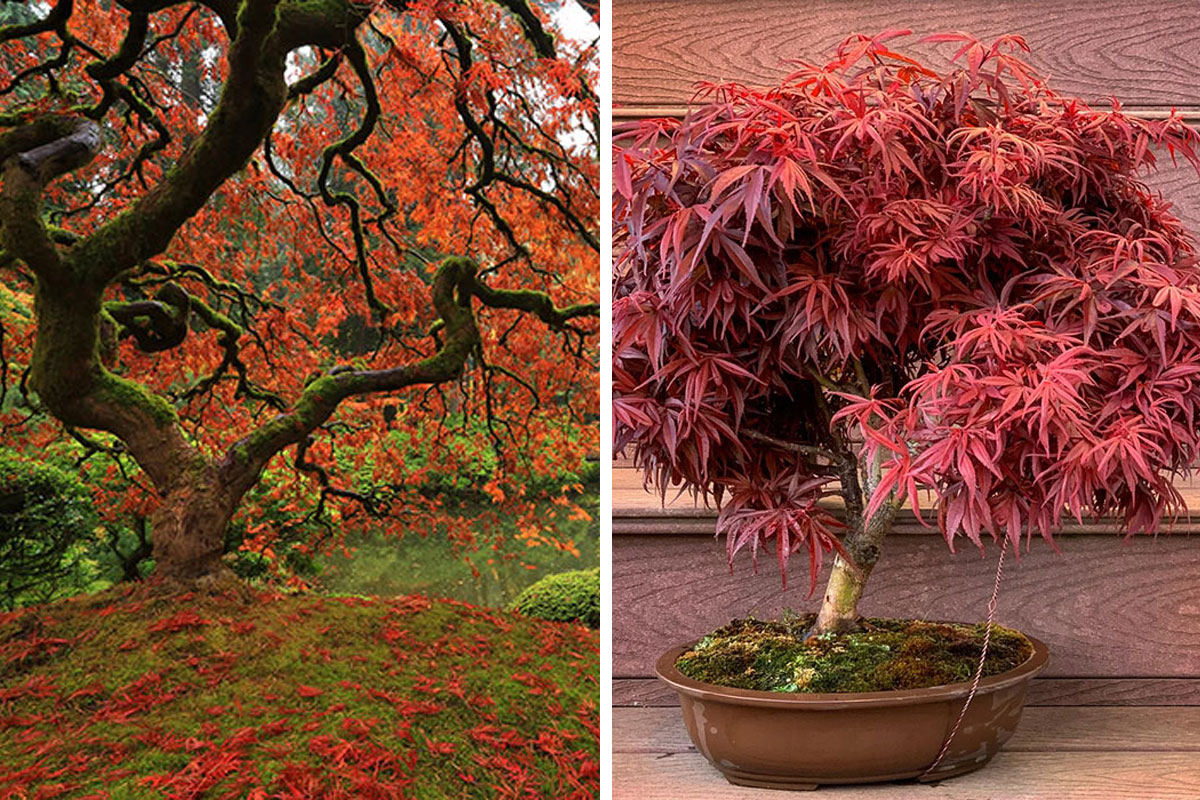
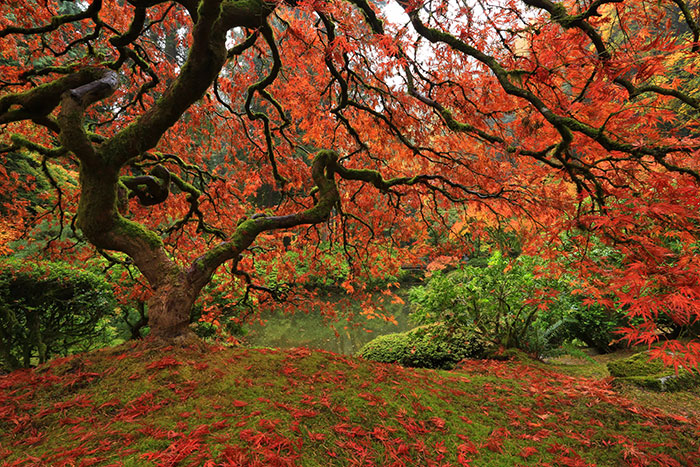 Image credits:
Image credits: 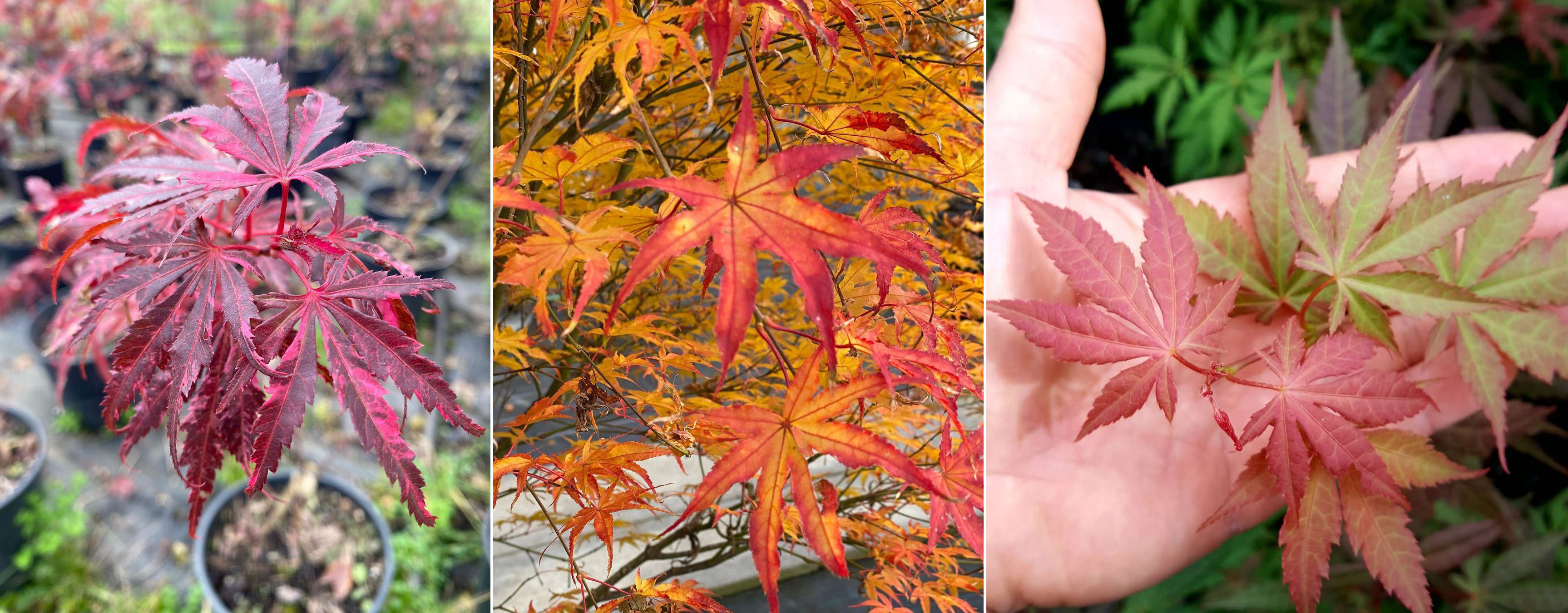 Image credits:
Image credits: 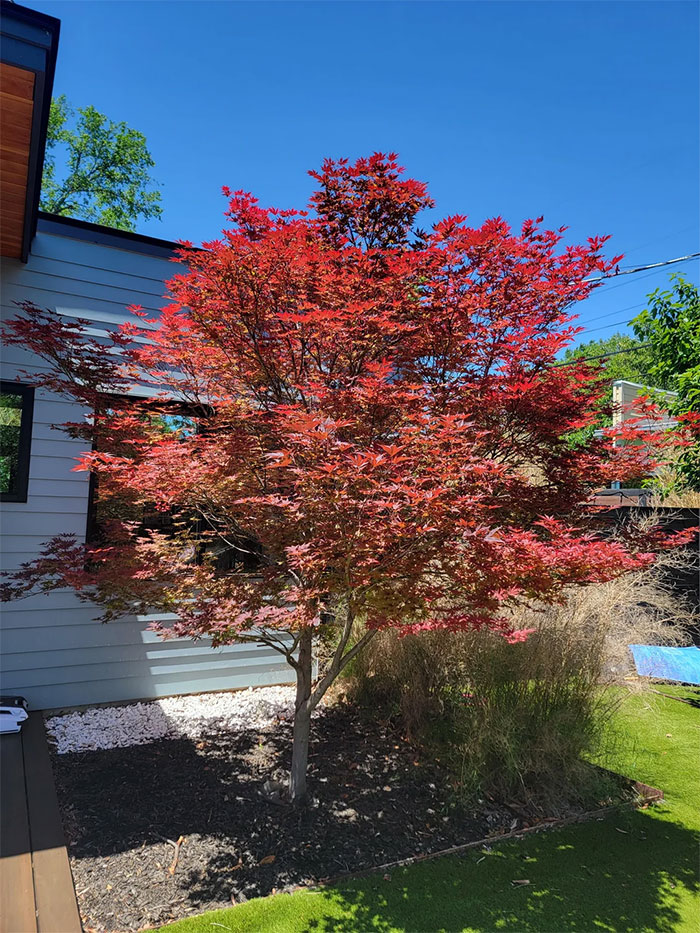 Image credits:
Image credits: 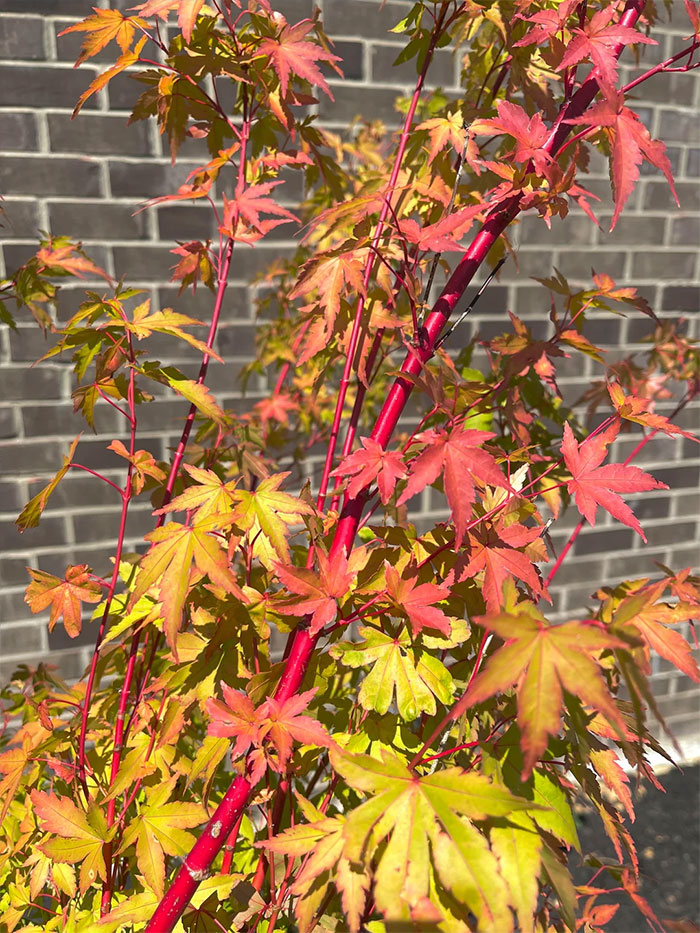 Image credits:
Image credits: 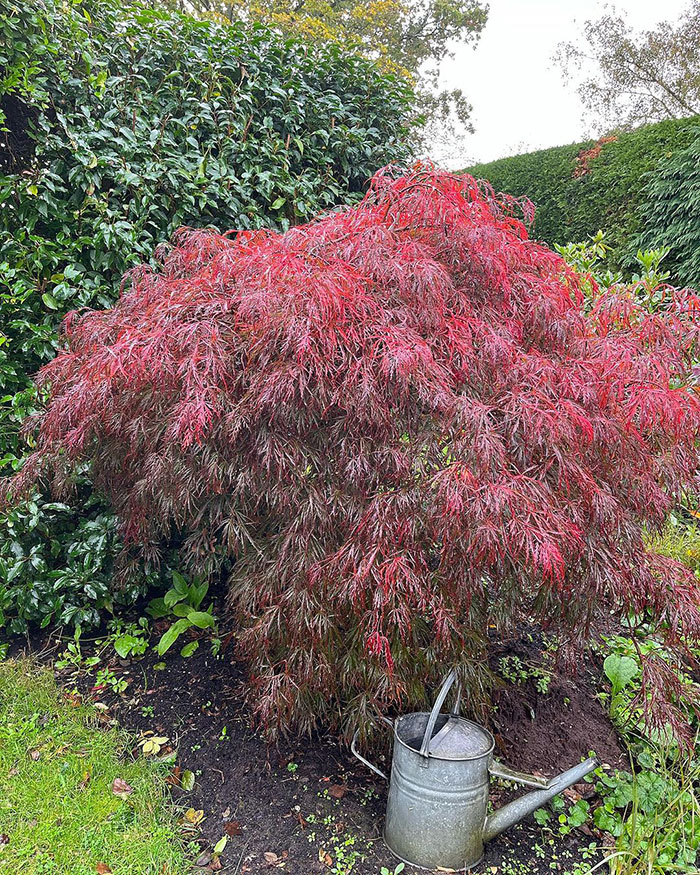 Image credits:
Image credits:  Image credits:
Image credits: 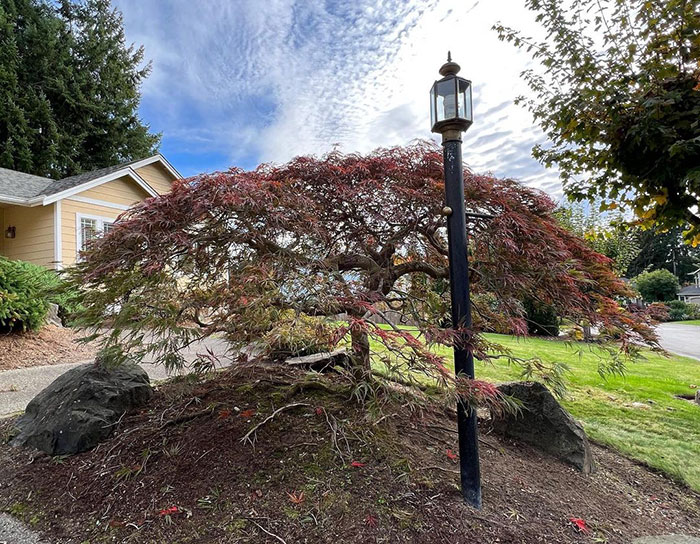 Image credits:
Image credits: 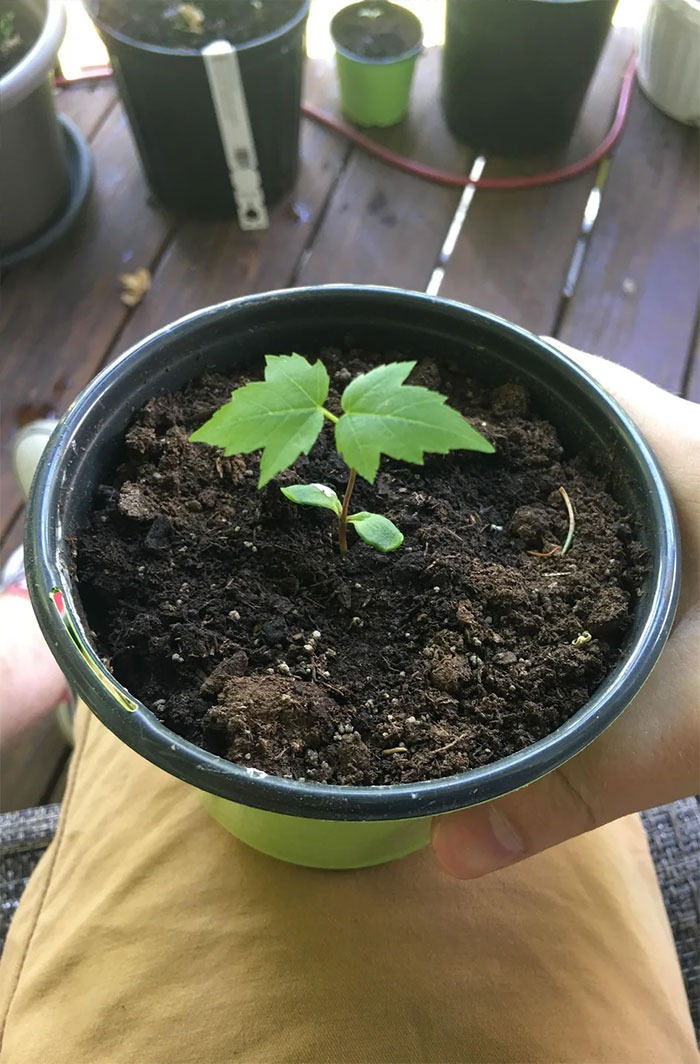 Image credits:
Image credits: 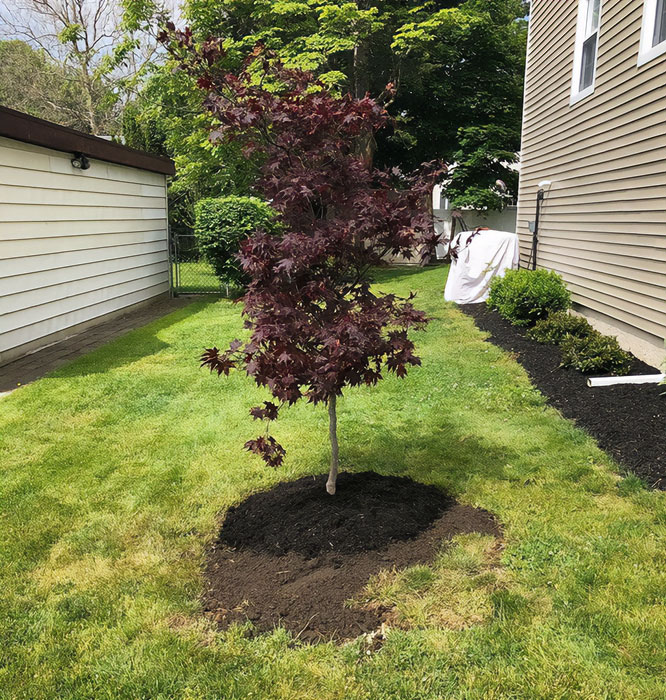 Image credits:
Image credits: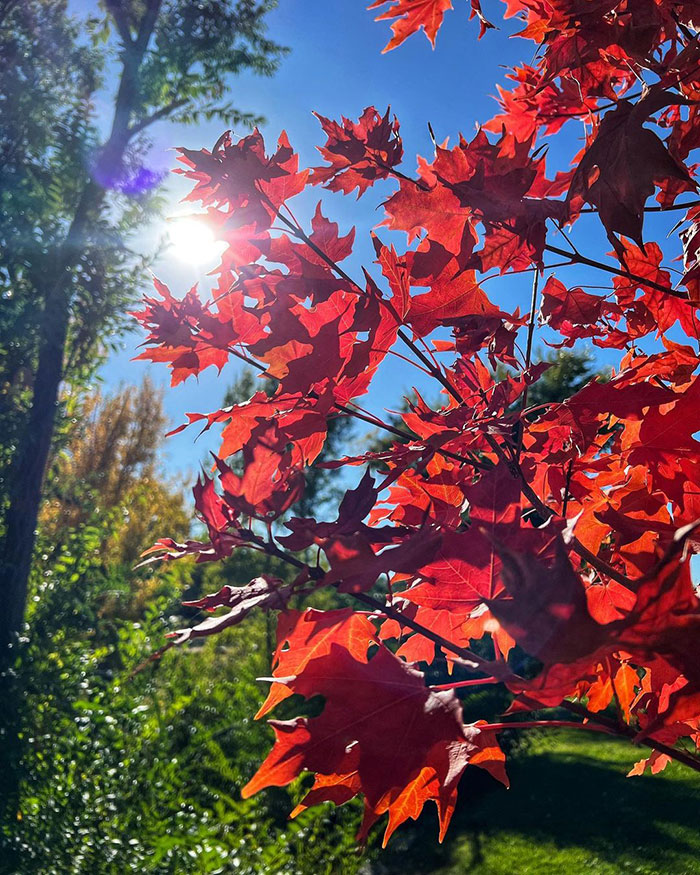 Image credits:
Image credits: 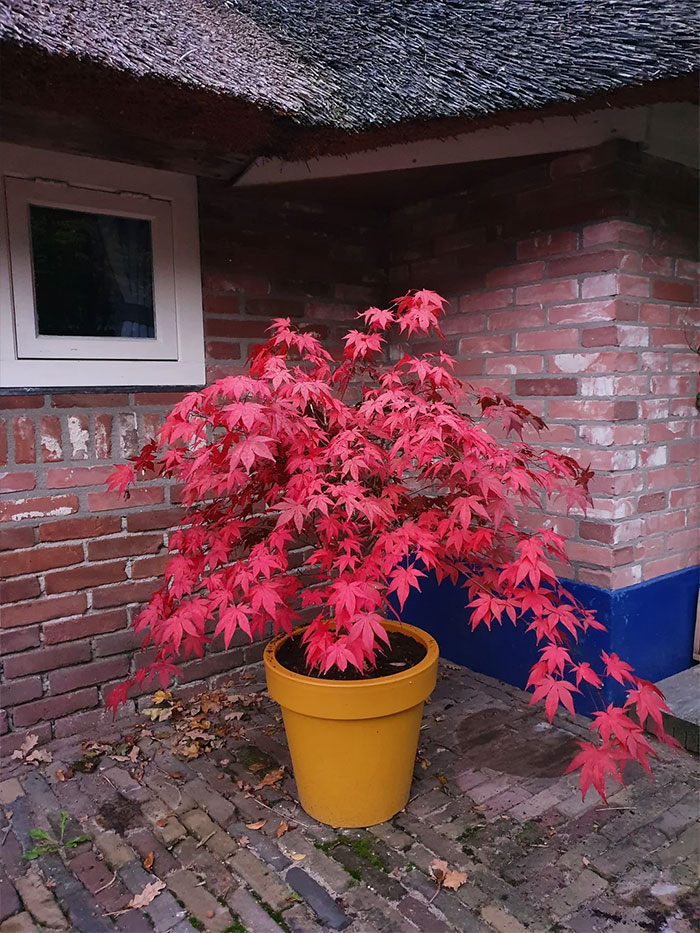 Image credits:
Image credits: 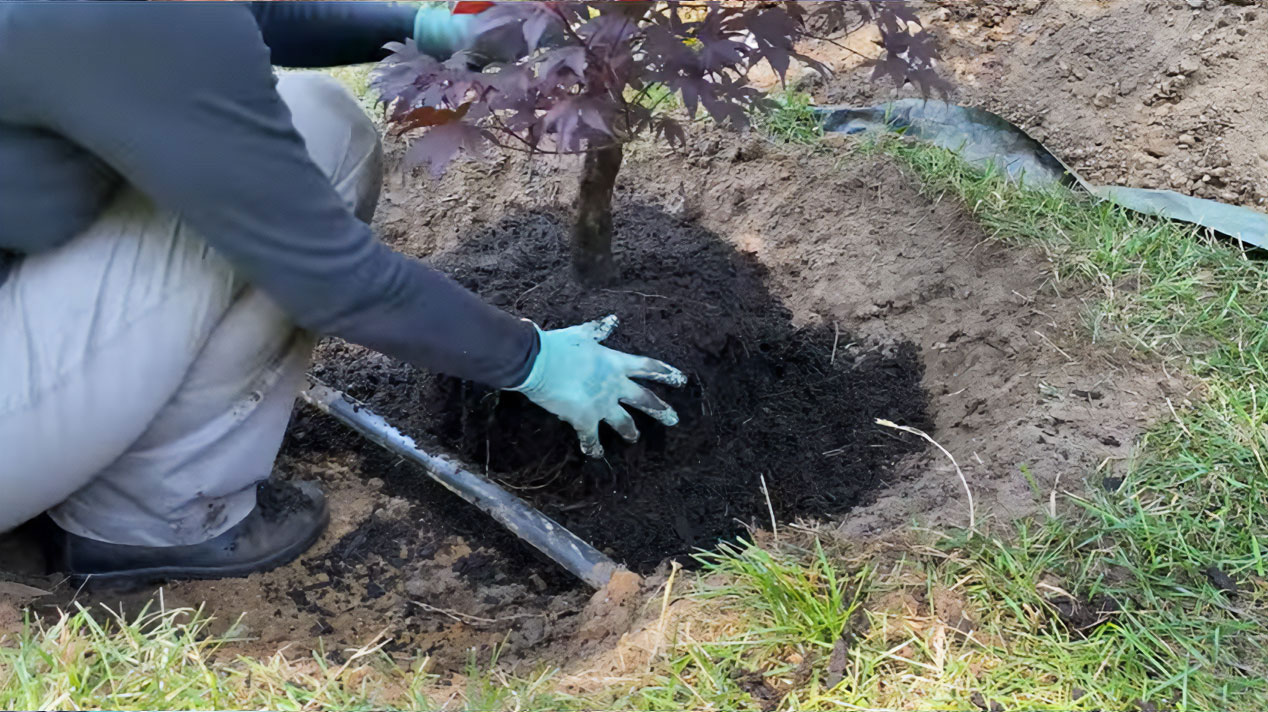 Image credits:
Image credits: 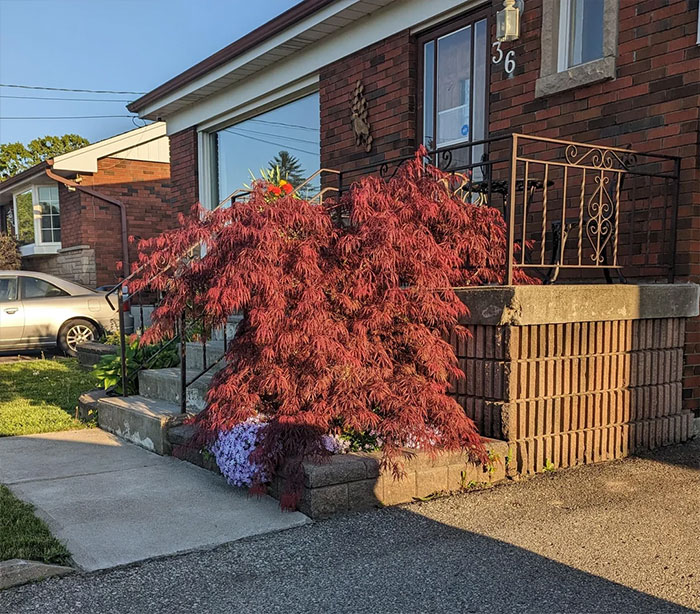 Image credits:
Image credits: 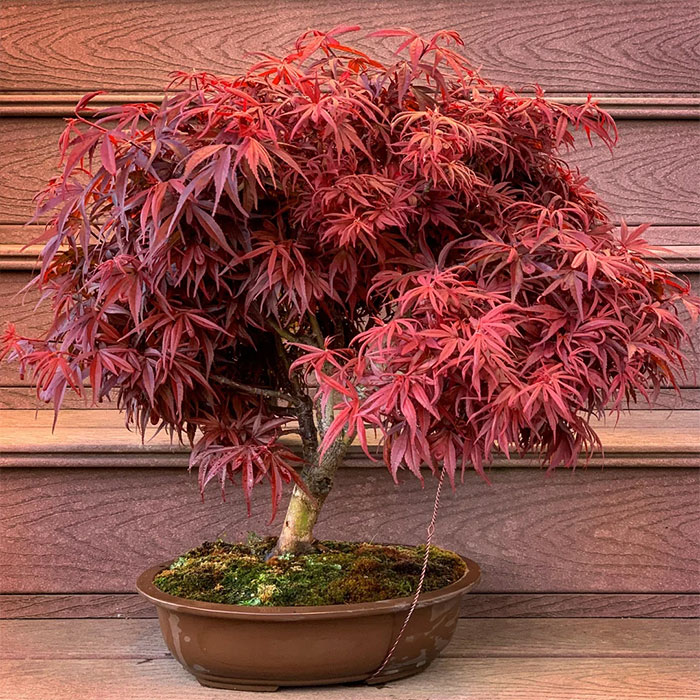 Image credits:
Image credits: 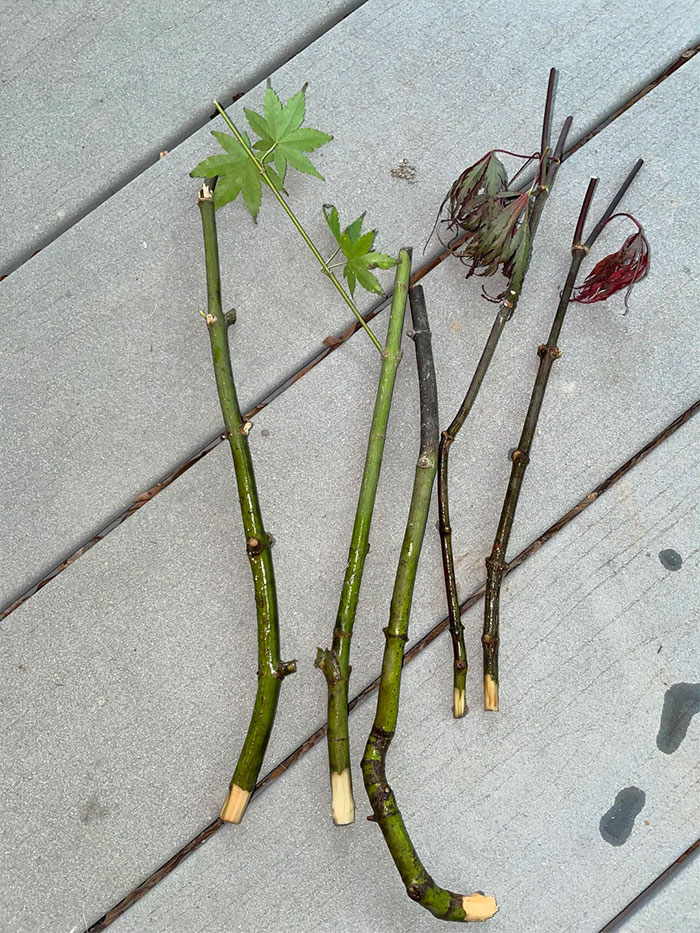 Image credits:
Image credits: 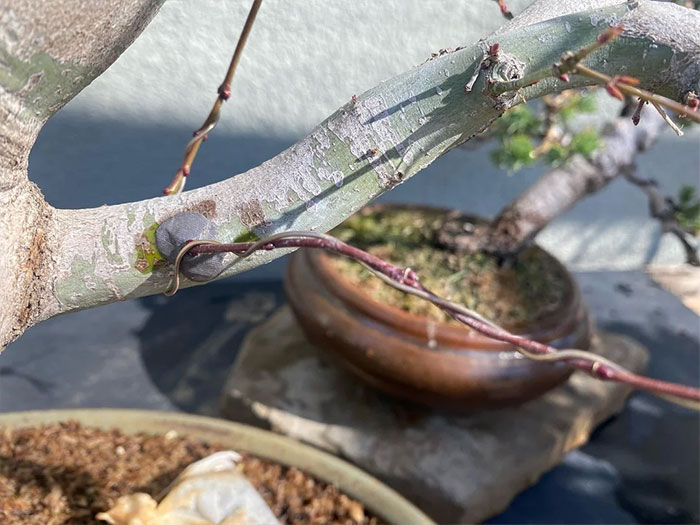 Image credits:
Image credits: 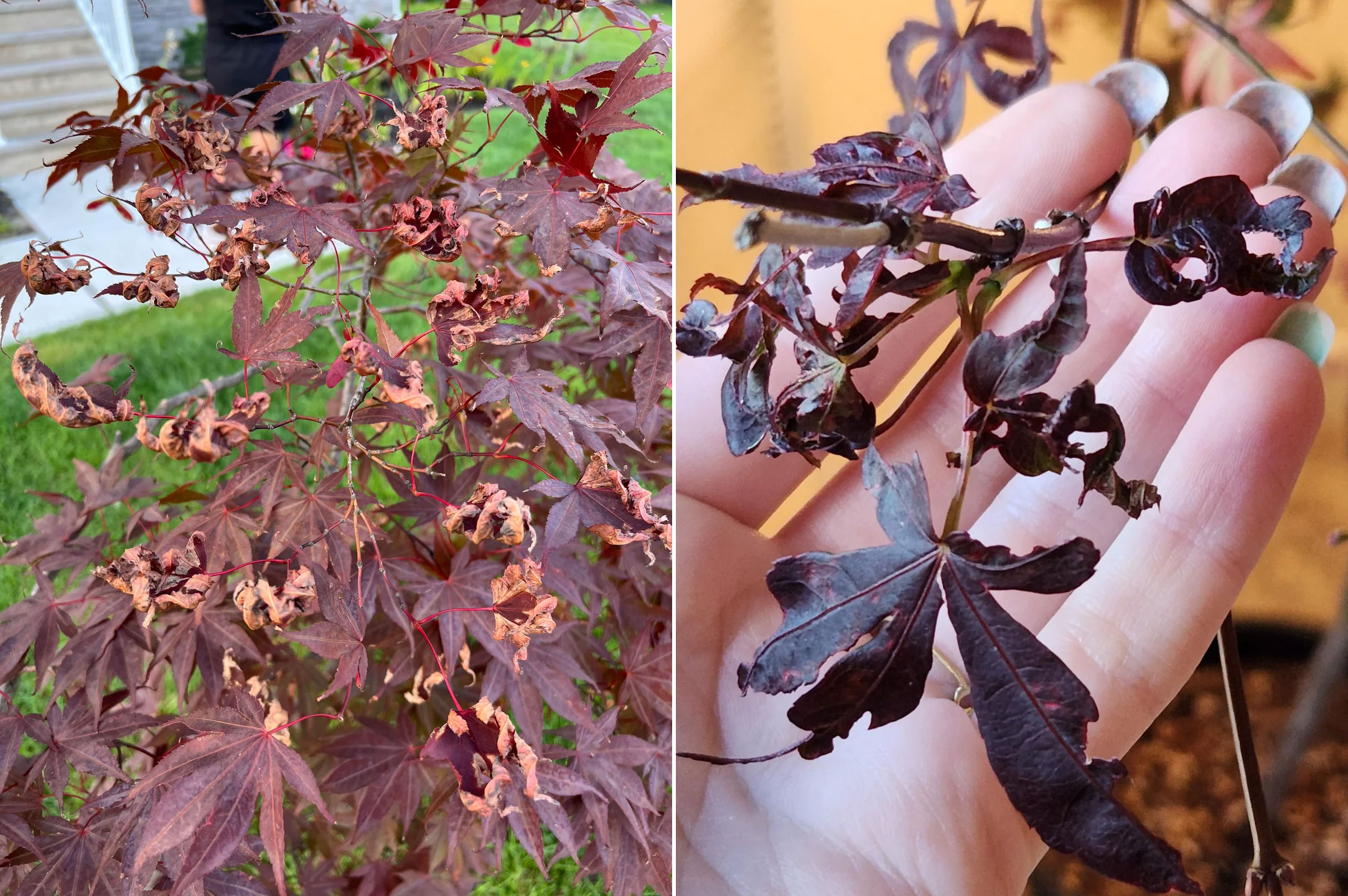 Image credits:
Image credits: 



11
4